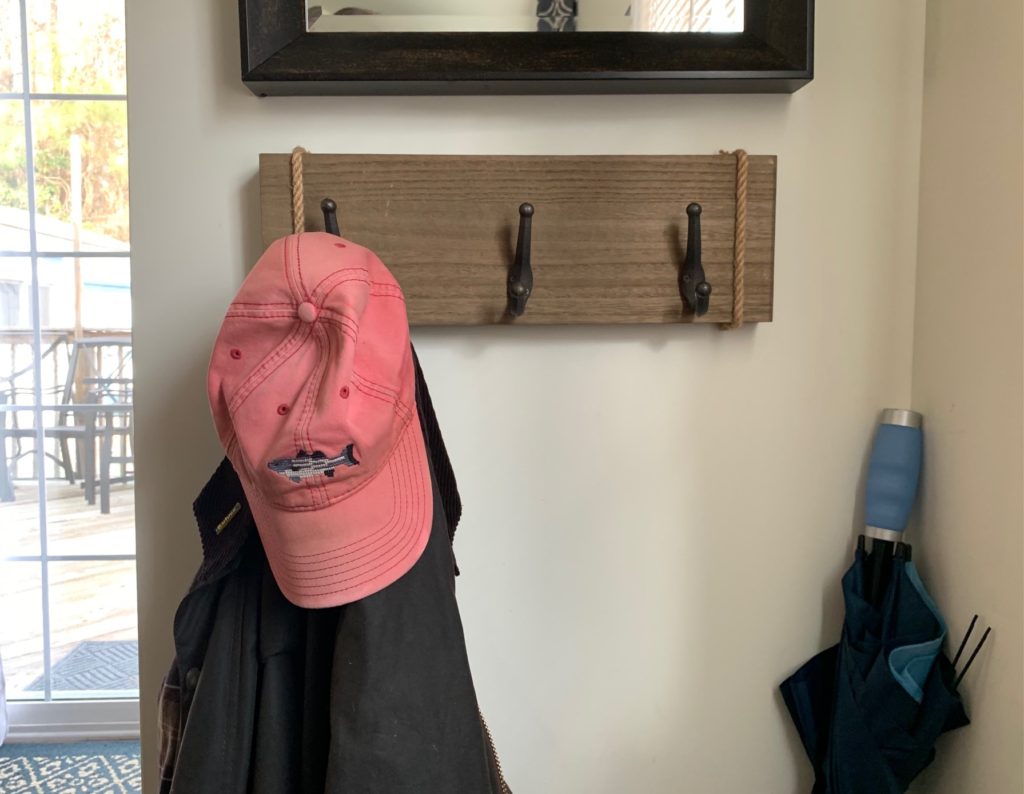As the world of office dwellers shakes the collective dust off its shoulders and stumbles over to the closet, there is a sense of uncertainty in the air. What the heck to wear back to the office – when one even bothers going ‘to’ the office? As the very concept of where to work is changing, so to is the idea of what constitutes ‘work clothes’ in the first place.
Figuring out this new code of appropriate office wear is front and center in the minds of HR executives and worker bees alike. Nonetheless, many voices still weigh in on the vicissitudes of bespoke versus MTO, barrel or double cuffs, or the relative edginess of white bucks with denim after Labor Day. This makes sense. For many clothing aficionados, the last year has been insufferable and stylistically lonely. That said, It’s safe to say that group is a smaller subset to the overall population. Most men don’t even know where to start and the reality is that something like simply wearing shoes is now a debatable topic.
Regardless of your own thoughts on clothes – do they still fit, do I have the right ones, am I still cool, am I projecting my true self? – the fashion industrial complex is fast at work firing up the marketing machinery and brand influencers to make sure we all get back to buying clothes and accessories. They have businesses to run, craftspeople to pay and product to sell. But, let’s take a few minutes to think through what we really need, or don’t, and why.
Take Stock of What You Have
Generally speaking, you probably already have much of what you really need. For most people who work in an office setting – apart from C-suite and roles like client-facing investment bankers – a variation of business casual has solidified into the new norm. For some, a business attire is still the standard, and that’s fine. Dressing up and dressing well indeed shows respect to customers and client, and is for some wonderfully therapeutic. Truly, nothing beats a bespoke suit of clothes and custom made shoes, nothing. At the same time, people have come to appreciate comfort, personal choice, individual style, and the comfort that comes from simply being comfortable.
Also on many men’s radar is the topic of provenance. More an more, awareness of fashion’s impact on our world is driving a change in how people shop and what they purchase. Fast fashion is powerful as ever, but even for global brands like H&M, demands for evidence-based sustainability platforms are gaining traction. The reality is that fashion and clothing are monstrously wasteful industries and damaging to the environment. Our personal choices and how we spend our money contributes to the problem one way or the other. Where was that shirt made? What was the source of that leather and how were the cows who provided treated – and how was the leather itself processed? Did that denim travel all over the world just to be turned into a pair of jeans?
Invest for the Long Term
When you do choose to update, add to, or overhaul your wardrobe, treat it like any other investment. Buy quality, be smart, focus on the long term, and take care of your stuff. Over the post few months, I’ve been busy stocking up on what could be seen as boring basics; polo shirts, chinos, J. Press oxfords, and some sweaters and jackets from Private White VC. I also bought several pair of shoes from Maine based Rancourt &Co. While it may seem at odds with the preceding paragraph, my reasoning is pretty simple. I expect to wear this stuff until it falls apart or I shuffle off the mortal coil first. I’m investing in clothing and accessories that I want to use and will use, a lot.

In helming OTC for the past 15 years, I have received a lot of free and discounted stuff. I continue to treasure my work with some of the world’s leading brands. Without question, my Frank Clegg bags are some of the most cherished items I own. However, I’ve also accumulated a fair amount of stuff that never fit right, wasn’t really my style, or I simply did not need. The pandemic provided me with the time to really take a hard look at the various items of clothing, shoes, tote bags, ties, shirts, hats, and other ephemera gifted to me (and purchased by me) over the years. I tried on every single thing and picked through pretty much every bag, hat, scarf, and knick-knack. I kept what I truly wanted and donated or gifted the rest. A few things still live in limbo, but are separated from my day-to-day wear.
This philosophy extends to non-clothing items too. At some point I plan to get a really nice hand made English umbrella, maybe from James Smith & Sons. I’ll work my way through the cheap ones we’ve accumulated over time, but when it comes to getting a replacement, I will buy one that’s made well, means something to me and which I’ll use for decades. The same goes for watches, pens and notebooks, and my piles of various bags. I’ve been parceling these items out to family and friends, not because I don’t appreciate what I have but because I want to keep what I really use and share with others the opportunity to do so as well.
Know Who You Are and Own It
As I’m no longer a cool 25 year-old, I have the luxury of not really caring what anyone thinks about how I dress. Truly, the mid-point in life is a wonderful time to embrace what you really like, not worry about the opinions of others, and just get on with. Stylistically, I’ve moved beyond trends in general, especially ‘fitted’ everything. What a torturous idea; I want to wear stuff in which I’m comfortable and can move around in naturally. Well-made and well-fitting is a far better philosophy going forward. It worked in lockdown and it is even truer as I go back out into the world.
Personally, I want to look good in that way men do who don’t really stand out for the sake of standing out, yet look memorable and distinctive. It’s hard to pin down exactly why – they just look cool and comfortable in their own skin Usually it’s because they have a simple but thoughtful collection of clothes and bags, watches, pens, notebooks – whatever – that has over time been pared down to reflect the things that matter and interest them. They don’t particularly care if you like it, because it’s not about you or your judgement.
A Few Useful Rules of Thumb
Since day one all those years ago, OTC has been interested in figuring out what works for real people in the real world. As one of my personal North Stars David Coggins, recently noted, there is comfort and deep style in garments that are worn over and over – a sort of uniform that defines personality and philosophy. And to be sure, at this particular moment in time your personal sense of what you like, what you value, and what matters to you is more meaningful and relevant than ever. So, here are a few helpful rules of thumb as you take a hard look at your wardrobe and decide how you want to step back out into the world:
- How you dress matters when you go out in public. Understand that even as you are true to yourself.
- Dress for what you do, with whom you are meeting, and for that which makes you happy.
- Buy and wear what you really like and make sure it really fits.
- When you should look professional, do so. Show respect to others with whom you work. It’s not always about you.
- How you dress when you walk out the door is how you want the world to see you. Even if you don’t care what the world thinks, that’s still a message you’re sending.
- Don’t be wasteful or buy clothes you don’t love and want to wear over and over. Invest in your own style and look, not someone else’s.
